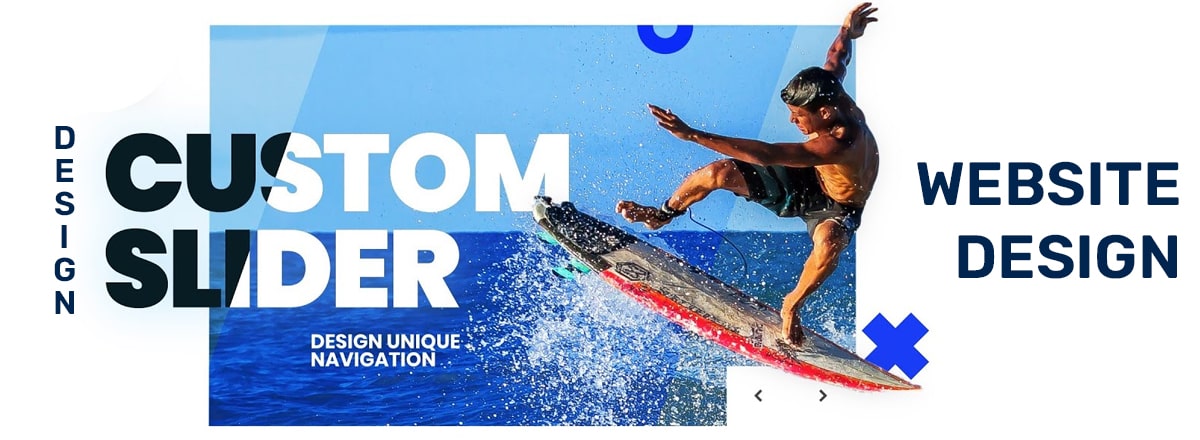
Design A Custom Slider Website Design
Designing a custom website design with a slider, often referred to as a carousel, involves creating an interactive element that displays a series of images or content in a rotating manner. Sliders are commonly used for showcasing products, promotions, or featured content. Here's a step-by-step guide on how to design a website with a slider:
1. Define the Purpose and Content:
Determine the primary purpose of the slider. Are you showcasing products, promotions, portfolio items, or other content? Decide what images or content you want to feature in the slider and how many slides you need. Buy website design help from affordable website design service help.
2. Choose a Slider Plugin or Framework:
To create an interactive slider in unique website development, consider using a slider plugin or a web development framework that provides slider functionality. Popular options include Slick Slider, Owl Carousel, or the built-in slider modules available in cheap website design deal website builders like WordPress.
3. Plan the Layout and Placement:
Decide where on your website the slider will be located. Get best website design help for common positions including the homepage banner, product pages, or the top of blog posts. Ensure that the placement complements your website's overall layout and design.
4. Create or Gather Slider Content:
Buy website design to prepare high-quality images or content for each slide. Ensure that the visuals are consistent in style and dimensions. If you're adding text, keep it concise and legible.
5. Install and Configure the Slider Plugin:
If you're using a slider plugin, install and activate it on your website via website design service online. Configure the settings, including slide transition effects, speed, autoplay options, and navigation controls. Customize the slider's appearance to match your website's design.

6. Add Slider to Your Webpage:
Insert the slider code or plugin shortcode into the HTML or content editor of the webpage where you want the slider to appear. Most plugins provide instructions on how to do this. Preview your webpage to ensure the slider displays correctly.
7. Design Slider Controls:
Customize the design of navigation controls (e.g., arrows or dots) to match your website's aesthetic. You can typically adjust their size, color, and position through CSS or the plugin's settings.
8. Optimize for Responsiveness:
Ensure that your slider is responsive, meaning it adapts to different screen sizes and devices. Test the slider on various devices (desktop, tablet, mobile) to confirm that it displays properly and maintains usability.
Related Blogs
- The Role of User Experience (UX) in Effective Website Design
- Become a UI Developer for Your Website Design
- Design A Custom Slider Website Design
- Check Multimedia Content in Custom Website Design with User Experience
- Way to use Bioluminescent Cloudscapes in Logo Design
- Use of Generative AI for Website Development Media
- Importance of User Feedback in Modern Website Development
- Application of Law of Gestalt Principles
- How to Integrate Advanced Search Filters in Website Design?
- How to Design Squarespace Website?
- How to Start with Logo Design Haul for Your Brand Identity Design?
- How to Include Digital Glitch in Website Design
- Learn Children Book Illustrations using Adobe Illustrator
- How to Design a Software Architecture for A Financial Platform?
- Elements Needed in Simple Basic Website Design for CRM Software

